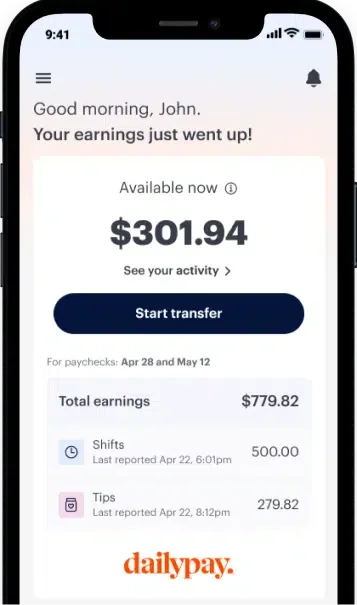You know what they say about death and taxes—they’re unavoidable. Filing your taxes isn’t the most fun thing in the world, but it isn’t something you want to skip. For tax returns that are filed after the due date, the IRS imposes a failure-to-pay penalty that could be as high as 25% of your unpaid taxes.
During last year’s tax season, one NerdWallet survey found that one-third of Americans felt stressed or anxious that they’d end up having a tax bill. Like anything else, knowledge is power. The better you understand how your taxes work, the more prepared you’ll be to file them correctly. The deadline to file your 2021 tax return is April 18. Let this tax season to-do list be your guide.
Gather up all your paperwork.
The first order of business is getting your paperwork together. If you’re a traditional employee, you’ll need your W-2 from your employer. You should have received this in late January. If you’ve misplaced it, reach out to your HR department to request another copy. Instead of getting W-2s, freelancers and most self-employed folks should have received 1099s from any clients that hired and paid them during the previous year. Both W-2s and 1099s provide a record of your earned income.
You’ll also want to gather any documents related to student loan interest you paid, as well as contributions made to any tax-friendly retirement accounts. This includes 401(k)s and individual retirement accounts (IRAs). Now is also the time to round up any child care receipts you have as they may help you qualify for the child and dependent care tax credit.
Some important information for self-employed workers
Whether you’re a full-time freelancer, run your own business, or have a side gig, you have to pay income taxes just like traditional workers. While regular employees have federal (and possibly state and local) taxes automatically taken out of their paychecks, that’s not the case for self-employed people. You’ll be expected to make quarterly estimated tax payments to get square with the IRS. You’ll also still need to file your annual tax return.
Decide how you’ll file your tax return.
There are a few different ways to go about filing your return. Working with a tax professional might prove valuable because they can provide personalized advice and help you understand which deductions and tax credits you might qualify for.
Tax deductions reduce your taxable income, which is used to calculate your tax bill. Credits work a little differently and directly reduce your tax liability. They can even translate to a larger tax refund. The child tax credit, for example, is designed to provide financial relief to working families.
When you’re ready to file your taxes, here are some ways to get it done:
- Partner with a tax preparer: A licensed tax professional can answer questions that are unique to your situation and file your tax return with the IRS. Certified public accountants (CPAs) are also trained to provide more in-depth tax insights and guidance.
- Do-it-yourself tax software: This can be a great option if your tax return is fairly straightforward. There are lots of DIY software programs to choose from, depending on your unique needs.
- Free tax-filing services: If your adjusted gross income doesn’t exceed $73,000, you might be able to file your taxes for free directly through the IRS. Their guided tax-prep software will walk you through it.
If you’ve got a lot going on and are unable to file your tax return by the April deadline, you can apply for an extension. This will buy you six additional months to file your paperwork. The only downside is that if you owe money to the IRS, your payment is still due in April. If you anticipate having a tax bill, it might be wise to reach out to a tax professional to help you settle your payment and avoid penalties.
What happens after I file my taxes?
Once you’ve submitted everything, the IRS might actually owe you money—this is called a tax refund. The average refund for the 2020 tax year was over $2,800. The quickest way to get your money is to file electronically and opt for direct deposit. Taxpayers who do this will likely receive their refund within 21 days.
On the flip side, you may file your return and end up with a tax bill. This can happen for any number of reasons. Freelancers who underpay their quarterly estimated taxes, for example, could find themselves in this situation. If your total liability gives you sticker shock, you can explore an IRS payment plan.
Tax season may feel complicated (and intimidating), but going into it with both eyes open can help take the stress out of filing your return. If you need extra funds to see you through, DailyPay is here to provide access to your earned pay.

